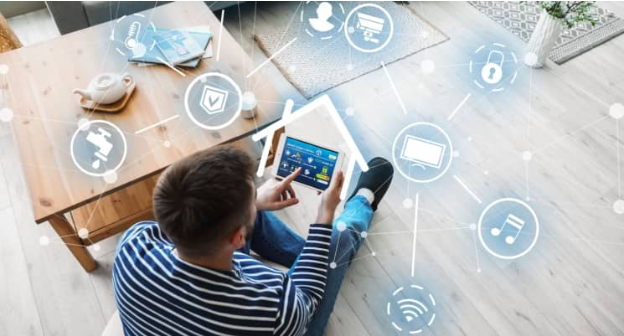In today’s fast-evolving technological landscape, the integration of smart technology into residential spaces has become increasingly prevalent. Among these advancements, the Smart Home Automation System stands out as a transformative innovation that not only elevates convenience but also significantly boosts home security and comfort. This article explores how such systems reshape the way homeowners protect and enjoy their living environments.
Enhancing Home Security through Smart Automation
A Smart Home Automation System fundamentally changes the approach to home security by integrating various devices into a cohesive, intelligent network. Traditional security systems often rely on isolated alarms or cameras, but smart automation enables real-time monitoring, remote control, and proactive responses that enhance overall safety.
One of the most notable security features is the ability to control and monitor security cameras from anywhere using a smartphone or tablet. This constant connectivity means homeowners can view live footage, receive alerts for unusual activity, and even communicate with visitors remotely. Motion sensors and smart locks integrated into the system add further layers of protection, allowing users to lock or unlock doors remotely, restrict access, or receive notifications if doors or windows are left open.
Moreover, these systems can be programmed to simulate occupancy when the home is empty by controlling lights, shades, and sound systems on a scheduled basis. This deterrent effect reduces the risk of break-ins by creating the illusion that someone is home, even when the house is vacant. The automation system’s ability to integrate with emergency services also ensures that any detected threats trigger immediate assistance, increasing peace of mind for homeowners.
Elevating Comfort with Intelligent Control
Beyond security, a Smart Home Automation System significantly enhances the comfort of living spaces by automating everyday tasks and customizing the environment according to personal preferences. Through centralized control, residents can adjust lighting, temperature, and entertainment systems effortlessly, often through voice commands or mobile applications.
For instance, smart thermostats learn the household’s schedule and preferences, automatically adjusting heating and cooling to optimize energy efficiency while maintaining ideal comfort levels. This not only contributes to a more comfortable atmosphere but also helps reduce energy bills by preventing unnecessary heating or cooling.
Lighting systems integrated into the automation framework allow users to create customized lighting scenes that adapt to different activities, such as reading, dining, or relaxing. Automated blinds and curtains adjust based on the time of day or sunlight intensity, enhancing natural lighting control without manual intervention. These features create a more comfortable and inviting home environment while simplifying daily routines.
Seamless Integration and User Convenience
The true power of a Smart Home Automation System lies in its ability to unify diverse devices and functions into a single, easy-to-manage platform. Instead of juggling multiple remote controls or apps, homeowners benefit from streamlined access and automation rules that connect security, lighting, climate, and entertainment systems.
This seamless integration enables complex scenarios that enhance both security and comfort. For example, the system can automatically turn on exterior lights and activate security cameras if motion is detected at night, while simultaneously adjusting interior lighting to welcome residents home. In the morning, automated routines can open window shades, start the coffee maker, and adjust the thermostat to the preferred daytime settings.
Additionally, voice assistants like Alexa, Google Assistant, or Siri can be integrated into the system, providing hands-free control and greater accessibility for all household members. This intuitive interaction model increases usability and makes smart home technology accessible to individuals of all ages and technical proficiencies.
Conclusion
A Smart Home Automation System offers a comprehensive solution that transforms modern residences into intelligent, secure, and comfortable living spaces. By integrating advanced security features with customized comfort controls, these systems provide homeowners with enhanced protection and greater convenience. The ability to monitor and manage one’s home remotely, coupled with automated routines that adapt to individual lifestyles, ensures a level of peace and ease that traditional systems cannot match. As smart technology continues to evolve, the adoption of home automation systems will undoubtedly become a standard for those seeking to enhance both security and quality of life in their homes.

